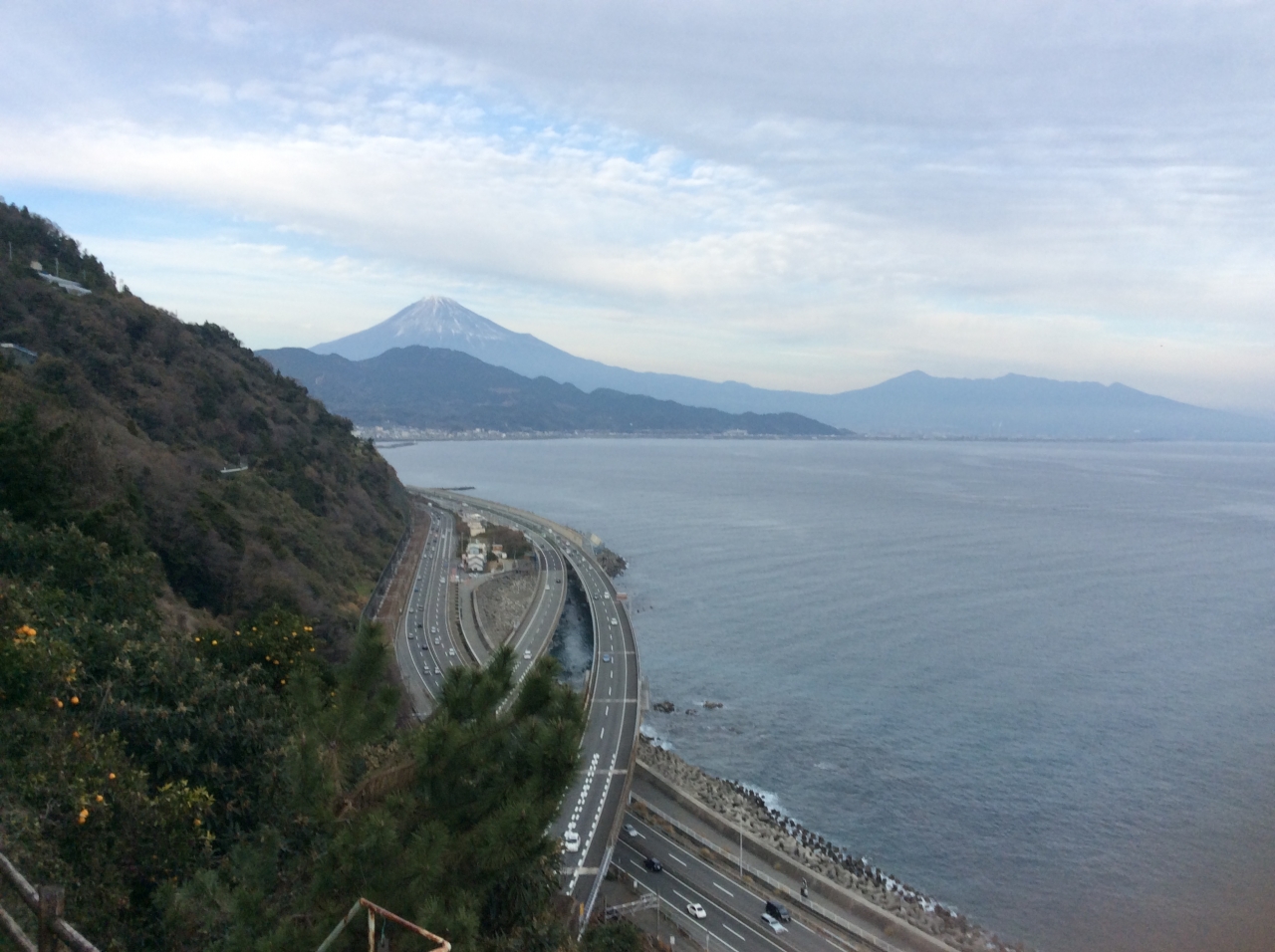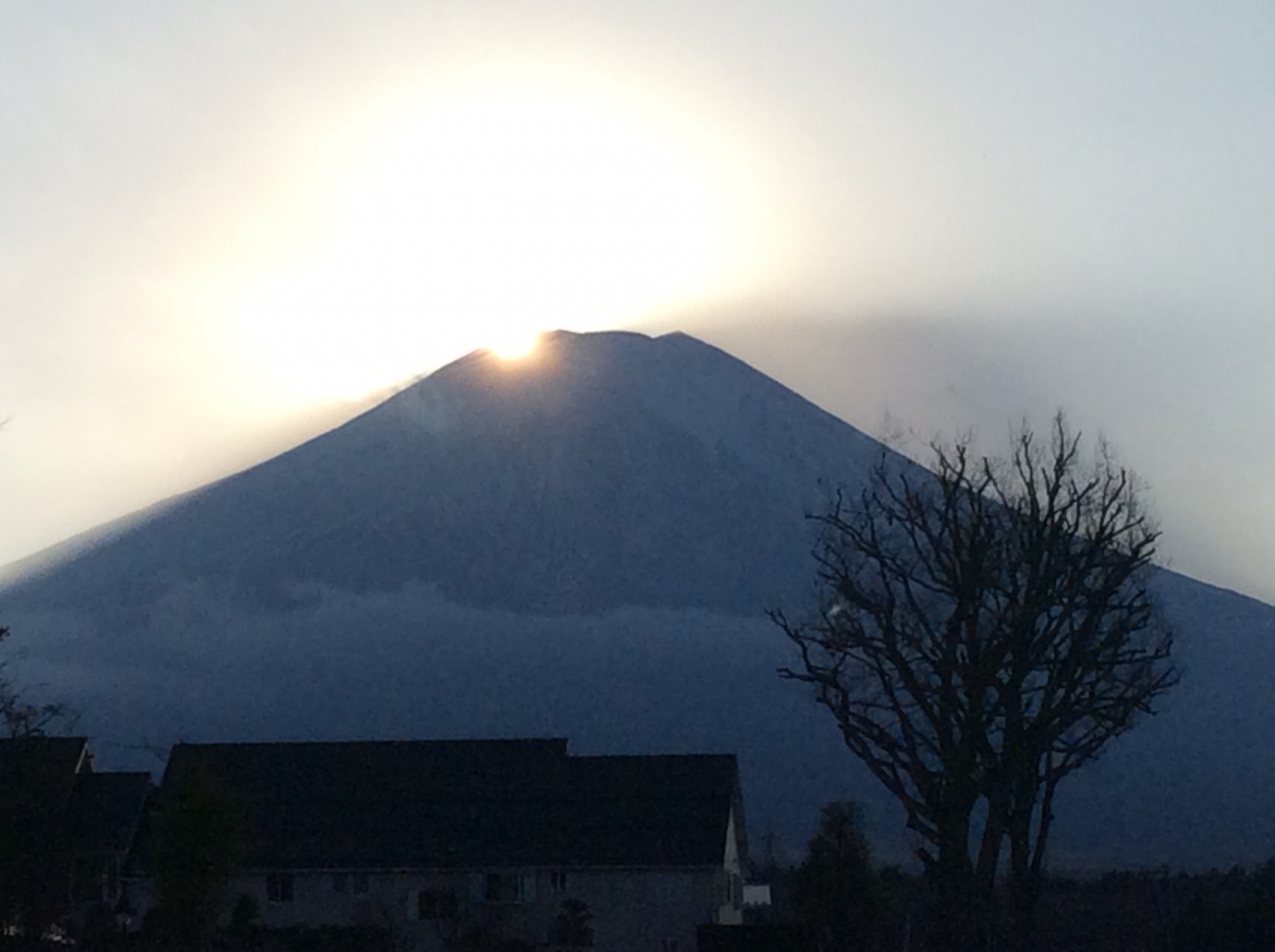Spots Topics
2016.02.24
Introduction of Mt. Fuji

At 3,776 meters or 12,388 feet, Mt. Fuji is the highest mountain in Japan. This volcanic mountain covers roughly 70,000 hectares of land. It is located nearly in the center of the Japanese Archipelago, stretching over Shizuoka and Yamanashi Prefectures. It rises solitarily over the northern side of Suruga Bay which is 2,500 meters deep and the deepest bay in Japan.
Mt. Fuji is a large strato volcano composed of basalt rock. It began forming at the base of a volcano named Komitake approximately 100,000 years ago. The Mt. Fuji which we can see now was formed by an eruption 11,000 years ago. It can be said to be a relatively young volcano. This mountain warmly welcomes all who visit regardless of nationality. Approximately 300,000 people climb it every year and around 30% are from overseas.
Not only is Mt. Fuji the highest mountain in Japan, but it is also a religious object of worship. It has long been revered as a sacred mountain of our original religion, Shinto. In the 9th century, a Sengen Shrine was built at the northern base in order to quell or pacify any eruptions. It is there that Konohana-sakuya-hime, which means the goddess of blooming blossoms, is enshrined. She is kind and tender-hearted and revered as a model for Japanese women.
Also, Mt. Fuji has been the motif for a number of works of art since the old days. It has inspired the artists of ukiyoe paintings and woodblock prints, poets and novelists. It is well known that the influence of such Ukiyoe prints has reached artists all over Japan and even throughout the world..
Related Photographs

Mt. Fuji and Satta Pass

Diamond Fuji

Mt. Fuji in winter
(By Prudence)
*Not only Prudence but also other FUSION members can guide you through the Mt. Fuji-area!
Contact us if you are interested in a trip around Mt. Fuji.
